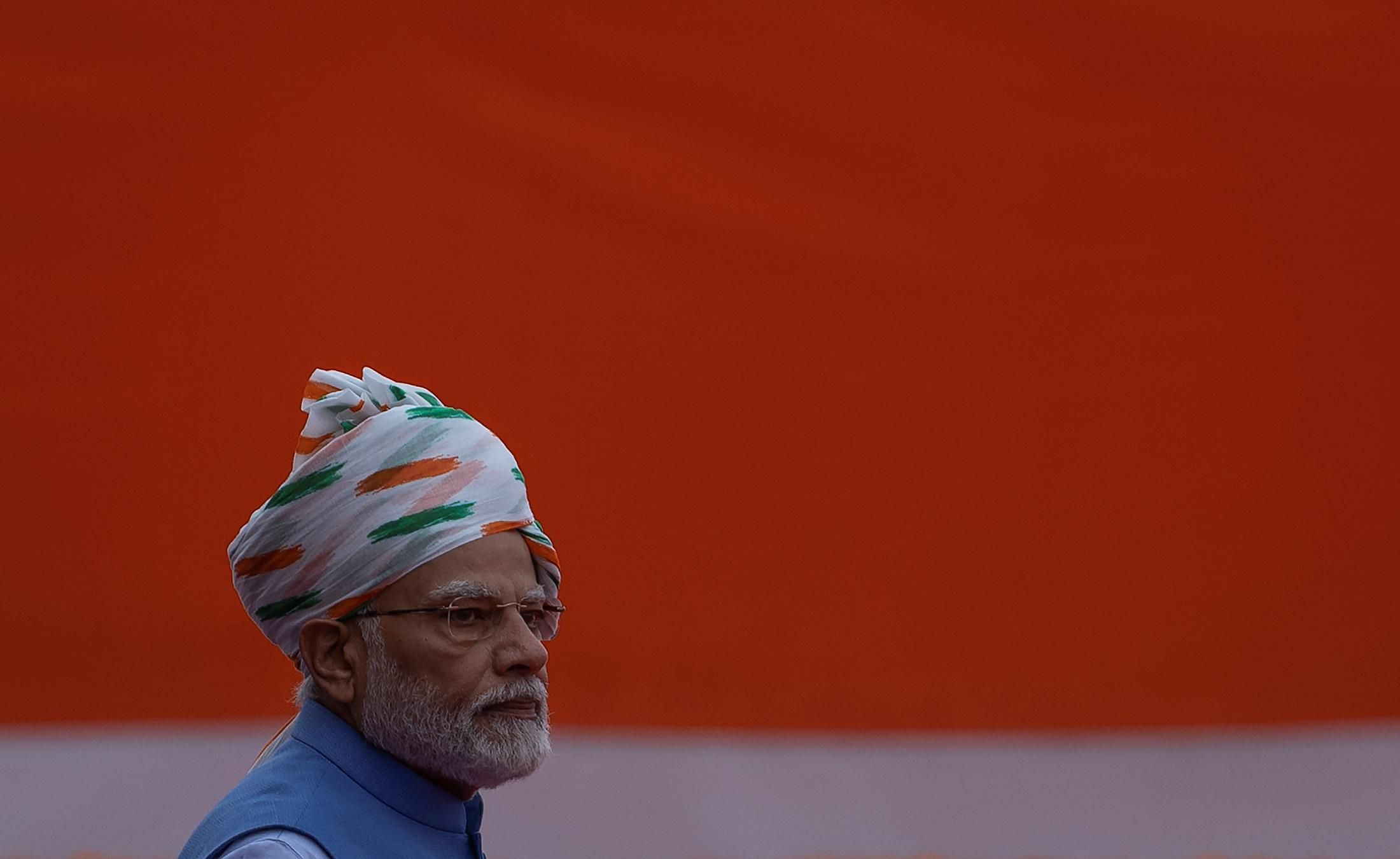Narendra Modi, 72, is stronger than ever. Last week, the Indian prime minister claimed the top prize in a three-pronged election by keeping his home state of Gujarat. Nabbing one of India’s richest states a sixth time in a row may propel him into a likely third term.
Although headwinds are starting to pick up, the Indian economy remains the fastest growing in the world. And despite his right-wing BJP party being fueled by dangerously populist and divisive communal politics, Modi remains a darling of the West, a friend of Big Business, and Washington’s biggest regional bet to counter China.
But the Great Indian Political Equation has flaws: a Cold War-era proximity to Russia, a rough neighborhood which continues to get rougher, rising inequality at home, and a stubborn strain of Hindu chauvinism that is keeping India from firing on all social and economic cylinders.
So, two questions pop up. First, is Modi going to evolve beyond his limiting politics? Second, what should the world expect from New Delhi when India becomes the third-largest economy on the planet in 2027, in the middle of Modi’s probable next term?
Modi is the fairytale success story of Indian politics: the lowly tea vendor who became an abstinent political worker, who became a populist chief minister, who became one of the world’s most powerful prime ministers. But it wasn’t a smooth transition.
Two decades ago, when he was running Gujarat, Modi was blacklisted by the US State Department over his involvement in the deadly anti-Muslim pogrom of 2000. That was Modi 1.0: local, communal, and controversial.
But the 13 years of successful governance which saw the state propel economically became his launchpad into his own version 2.0. His alliance with corporate India was already sealed well before he arrived in New Delhi in 2014 as PM. But it was the big moves in international affairs — firming up a bipartisan bond with Washington, joining the right economic clubs and political groups, and boosting India’s economic momentum — that proved his international street cred.
Still Modi was limited. Bogged down by China, irritated by Pakistan, statically tied to Russia by defense ties and a longstanding tradition of non-alignment, he was criticized for not doing enough to bridge India’s massive income inequality gap, as well as possessing a heavy-handed authoritarian streak.
With a third term approaching, a Modi 3.0 is emerging. And some recent moves indicate that the Indian PM is moving away from previously dug-in positions.
In the fall, Modi turned heads when he scolded longtime pal Vladimir Putin about Russia’s invasion of Ukraine. Last week, India cancelled Modi’s annual huddle with Putin over Moscow’s nuclear saber-rattling. Both moves were carefully calibrated by New Delhi to tackle the impression that it is not a reliable partner of the West.
Still, the broad contours of Modi’s foreign policy won’t change in the run-up to the general election in 18 months, estimates Eurasia Group analyst Pramit Chaudhury.
On the one hand, “the slow drift toward the US will continue, though India’s will continue to keep hedging, as it’s not entirely sure about the US commitment to the Indo-Pacific, thanks to America's propensity for isolationism,” he says. On the other, the more private sector-driven, less state-owned, and digitally savvy India that Modi is trying to create makes it naturally compatible with the US economy.
Also, Modi will likely carry on “managing China, not getting any closer, while continuing to purge China’s economic influence within the Indian economy,” Chaudhury assesses. Meanwhile, Pakistan will be dealt with a firm hand, considering India’s old nemesis is dead broke and has no real solution to stop Modi from absorbing disputed Kashmir.
In the Middle East, India aims to leverage hard-earned relationships with the Saudis and the Emiratis to replace Islamabad as their favored South Asian partner — which would be a coup for New Delhi. Finally, the recently acquired G-20 presidency will test Modi’s international mettle on whether his pursuit of a green transition is in line with the West.
But what will an uber-powerful “Maximum Modi” look like at home? For Chaudhury, Modi’s latest tactics indicate that he is moving beyond “Hindutva” – the muscular brand of Hindu-first politics that he depends on – in order to tackle the flaws of his own machine. Since his cult of personality already cuts across India’s communal lines, the PM is beginning to reach out to poor Muslims to join his ranks.
Though it’s unclear how the old-school BJP apparatchiks will respond to this kindness, perhaps behind this rare show of inclusivity lies a cold rationale: to split the opposition, influence upcoming state elections, and bridge the massive inequality gap.
Remember: India has no term limits. Jawaharlal Nehru, the country’s first PM, ruled for 16 years. While Modi has professed to retire to a Himalayan ashram after his next term, his years in power have only strengthened his support.
Sure, India is richer and more powerful under him, but at great cost to its most sacred, progressive values. With no clear successors aligned, and the economic stakes involved, the biggest question in South Asia remains: what’s Modi actually thinking?